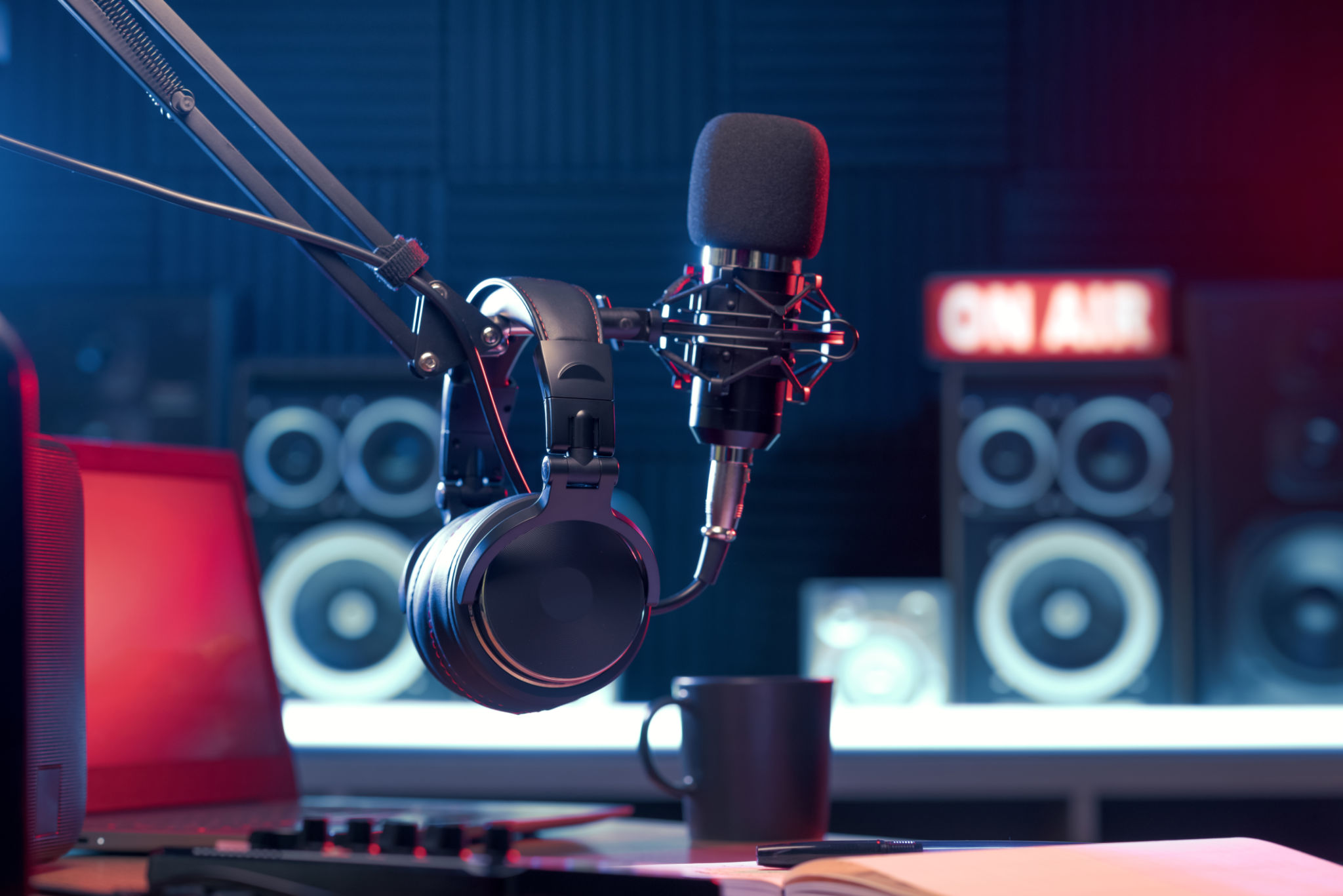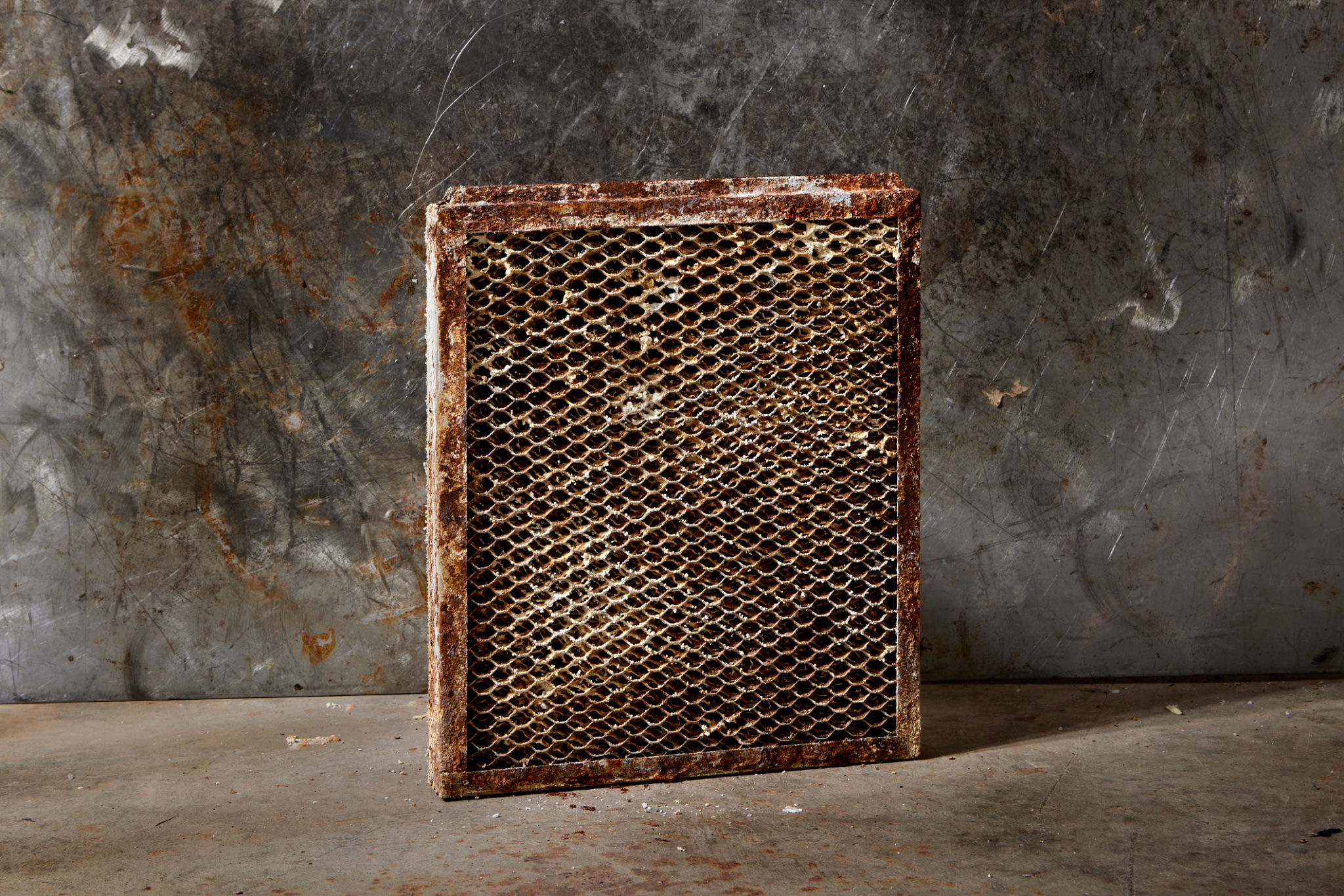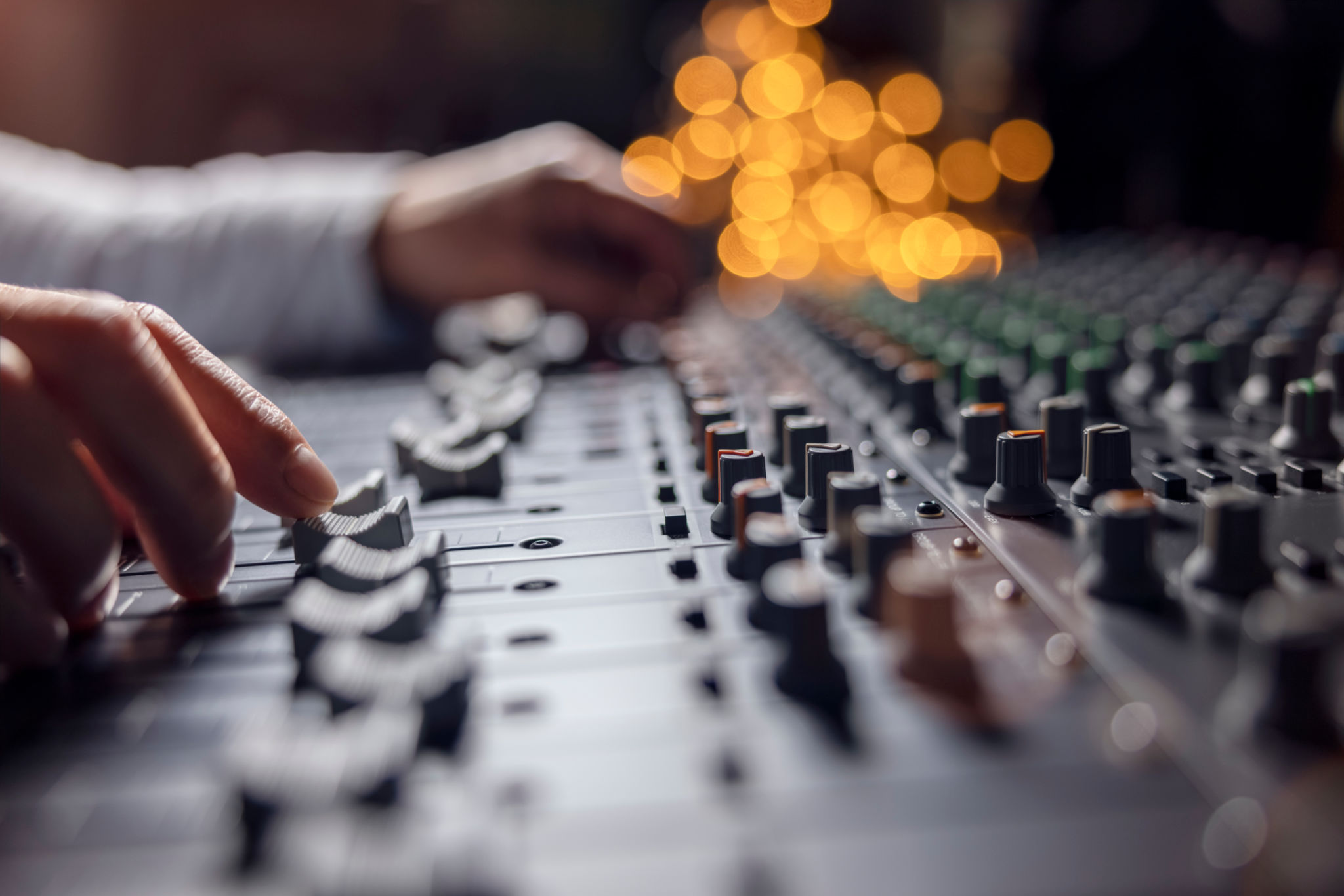How Seasonal Changes Affect Audio Mastering in El Prat de Llobregat
Understanding the Impact of Seasonal Changes on Audio Mastering
Audio mastering is an intricate process that requires precision and an acute attention to detail. In El Prat de Llobregat, a region known for its dynamic climate changes, audio engineers must adapt to the seasonal shifts that can subtly influence the mastering process. From fluctuating temperatures to varying humidity levels, these environmental factors can impact the acoustics within a studio, thus affecting the sound quality of the final product.

Temperature Variations and Their Effects
One of the primary concerns with seasonal changes is temperature variation. As temperatures rise or fall, they can affect the materials used in studio construction, such as wood and metal. These materials expand or contract with temperature changes, potentially altering the acoustics of a room. For instance, warmer temperatures can lead to a slight increase in the resonance of wooden surfaces, thereby impacting sound reflections.
To mitigate these effects, many studios in El Prat de Llobregat use climate control systems to maintain a consistent environment. This ensures that audio engineers can work with reliable acoustics year-round, minimizing any distortions or irregularities in sound.
The Role of Humidity in Audio Mastering
Humidity is another critical factor that can influence audio mastering. High humidity levels can cause issues such as increased absorption of sound by porous materials like foam and fabric, which are commonly used in soundproofing and acoustic treatment. On the other hand, low humidity can lead to static electricity buildup, which may interfere with sensitive electronic equipment.

To counteract these potential problems, many studios employ humidifiers or dehumidifiers to keep humidity levels optimal. This not only protects the equipment but also ensures that the sound remains consistent and true to the original recording.
Impact on Equipment and Maintenance
The seasonal changes also necessitate regular equipment maintenance. For instance, changes in temperature and humidity can affect the calibration of speakers and microphones. Regular checks and adjustments are essential to ensure that equipment functions correctly and produces accurate sound reproduction.
Furthermore, audio engineers need to be vigilant about potential wear and tear on cables and connectors, which can become brittle or corroded over time due to environmental exposure. Maintaining a rigorous maintenance schedule helps prevent unexpected failures during critical mastering sessions.

Adapting Techniques for Optimal Results
In addition to controlling the studio environment, engineers in El Prat de Llobregat often adapt their mastering techniques according to the season. For example, during warmer months, they might employ specific equalization settings to compensate for any changes in room acoustics. Similarly, in colder months, they may adjust compression settings to ensure clarity and precision in the audio output.
These adaptations require a deep understanding of both the technical and artistic aspects of audio mastering, highlighting the expertise needed to produce high-quality results consistently.
Conclusion: Embracing Seasonal Challenges
While seasonal changes present unique challenges for audio mastering in El Prat de Llobregat, they also offer opportunities for innovation and learning. By understanding how different factors influence sound and implementing strategic measures to counteract these effects, audio engineers can continue to deliver exceptional recordings regardless of the time of year.
In this way, mastering studios in El Prat de Llobregat not only cope with environmental challenges but also thrive by adapting their practices to achieve sonic excellence throughout all seasons.
